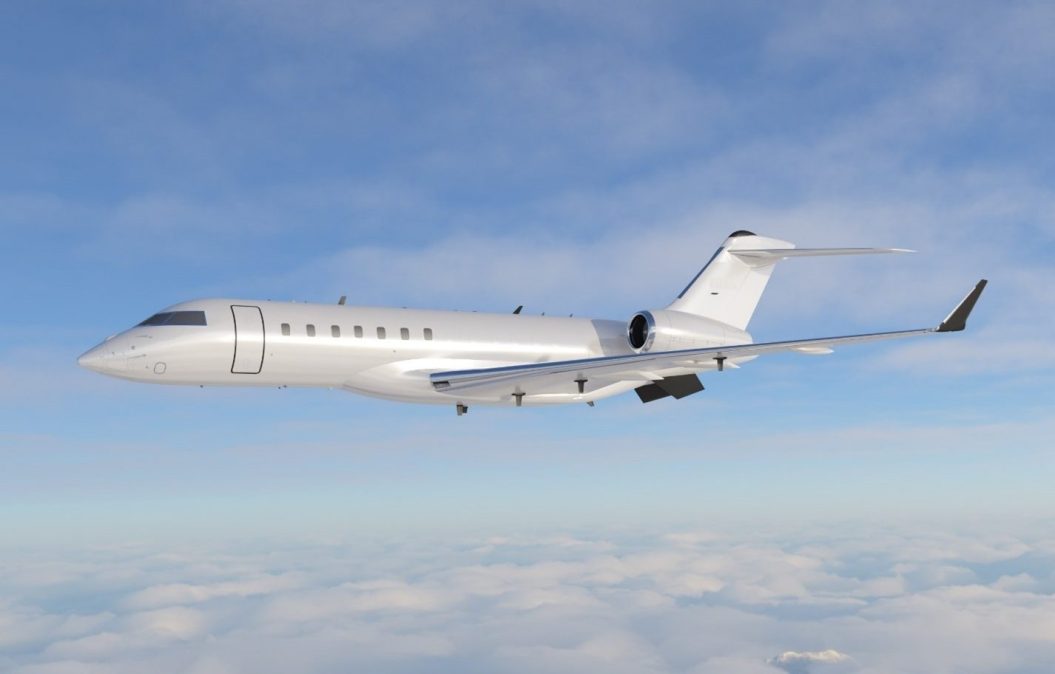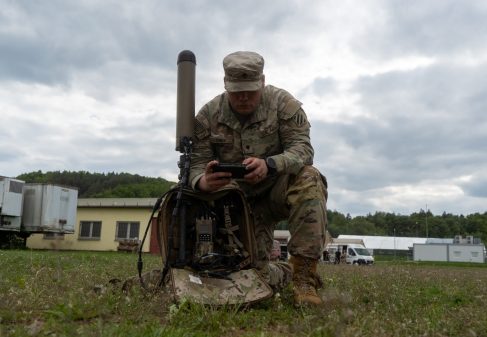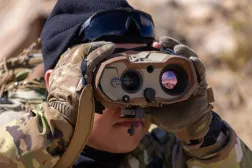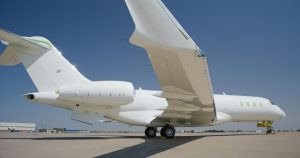Sierra Nevada lands contract for Army’s fleet of next-generation spy planes

The Army announced Thursday it has selected Sierra Nevada Corporation to serve as the lead system integrator for its High Accuracy Detection and Exploitation System (HADES), a key program for one of the service’s top modernization priorities known as “deep sensing.”
Under the contract, SNC will integrate a variety of sensors for communications intelligence, electronic intelligence, synthetic aperture radar and moving target indication onto a fleet of Bombardier Global 6500 business jets. The high-altitude ISR aircraft will replace the Army’s legacy RC-12 Guardrail enhanced medium reconnaissance and surveillance system, as well as the Airborne Reconnaissance Low aircraft — both of which have been in service for more than four decades.
“HADES is the centerpiece of the Army’s long-promised aerial ISR transformation strategy,” Lt. Gen. Anthony Hale, deputy chief of staff for intelligence, said in a statement. “HADES allows the Army to fly higher, faster and farther, which directly impacts our ability to see and sense deeper, delivering an organic capability in line with the Secretary of the Army’s number-one operational imperative — deep sensing.”
SNC beat out an industry team comprising L3Harris, Leidos and MAG Aerospace to secure the contract award. The 12-year indefinite-delivery, indefinite-quantity contract is worth an initial $93.5 million and has an overall ceiling of $991.3 million, according to the Army.
The deal marks the second major contract award for SNC in 2024. In April, the company also won the Air Force’s Survivable Airborne Operations Center (SOAC) program to replace the service’s fleet of E-4B Nightwatch or “Doomsday” planes that can serve as mobile nuclear command-and-control outposts in emergencies.
In January, the Army awarded a contract to Bombardier Defense to transform one Global 6500 jet that would serve as a prototype for HADES, expected to be delivered by Oct. 1, 2024. The contract also included options to purchase two additional aircraft over a three-year period.
Since 2020, the service has developed a number of technology demonstrators to inform the HADES program, such as the Airborne Reconnaissance Targeting Exploitation Mission Intelligence System (ARTEMIS), the Airborne Reconnaissance and Electronic Warfare System (ARES) and the Army Theater-Level High-Altitude Expeditionary Next Airborne Intelligence, Surveillance and Reconnaissance (ATHENA) platform.
The prototype efforts provided insights into platform and sensor performance, integration and data distribution, while also allowing the Army to better understand doctrine, training, personnel, facilities and sustainment efforts required for those systems.
Along with high-altitude, next-generation ISR capabilities, HADES is expected to be globally deployed within days rather than a period of several weeks that current aircraft are capable of. The Army has also said subsequent increment upgrades could allow the platform to host payloads to conduct electronic warfare, radio frequency-enabled cyber and launched effects.
“This is a great day for the continuing effort to modernize the Army’s aerial intelligence, surveillance and reconnaissance collection strategy,” Doug Bush, the Army’s acquisition chief, said in a statement. “The thoughtful and disciplined execution of the HADES program strategy will deliver the transformational capabilities we need for the Army’s next-generation aerial ISR aircraft.”
Development of HADES is under one of the Army’s newest cross-functional teams focused on improving deep sensing, or the ability to see and sense targets over vast distances. The team has multiple efforts underway that will serve as foundational capabilities that can be iterated on over time. Those programs include the Tactical Intelligence Targeting Access Node (TITAN) ground system, Terrestrial Layer System (TLS) family of systems, Theater SIGINT System (TSIGS) capability and the Multi-Domain Sensing System (MDSS) family of systems — which HADES is a part of.






